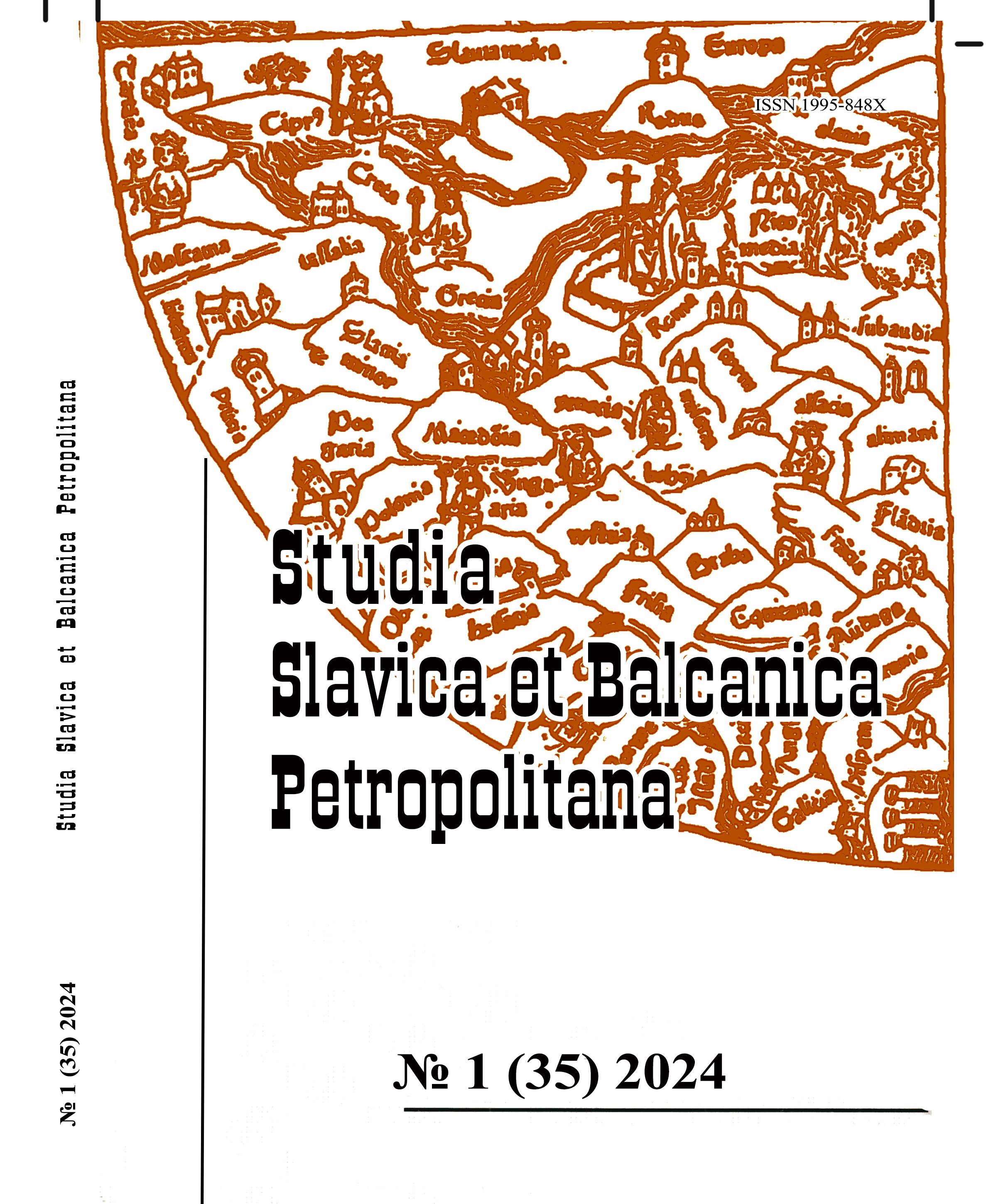«After-Life» of Martyrs from Sirmium — Paths of literary transmission
«After-Life» of Martyrs from Sirmium — Paths of literary transmission
Author(s): Aleksandra Smirnov-BrkićSubject(s): Christian Theology and Religion, Cultural history, History of Religion
Published by: Издательство Исторического факультета СПбГУ
Keywords: late antique martyrs; Sirmium; cultural memory; Greek tradition; Latin tradition;
Summary/Abstract: The article investigates the literary tradition that transmitted the memory of the late antique martyrs from Sirmium, as well as the methodological problems that researchers face when trying to uncover historical links between the cults of martyrs that arose after the Great persecution of Christians (303–310) and the first narrative descriptions of their suffering, preserved in the manuscript tradition of Greek and Latin hagiographic literature (from the 8th century). We may conclude that the after-life of the texts on Sirmian martyrs began even before the life of Roman city ended, as this was the time when a need appeared to transpose the relics of local martyrs to safer places, for which we have clear evidence in cases of Demetrius and Anastasia. Many important changes entered the text during this phase of their transmission. Through gradual evolution of the universal church calendar these texts moved from being single local liturgical commemorative texts to parts of great liturgical hagiographical collections both in the Eastern Church and Western Church, i. e. Greek and Latin tradition. Being shorter than average late antique codices hagiographical texts were often copied together into a single codex as a matter of convenience with no consistent structure from copy to copy. Therefore, hundreds of anonymous old martyr narratives from liturgical use were simply copied into Greek or Latin liturgical hagiographical collection in early Middle Ages. Till the end of the 8th century a new liturgical hagiographical collections appeared which constitute most of the manuscripts containing early Greek hagiography and listed the text in liturgical order. The commemoration dates of Sirmian martyrs varied depending on the calendar in which they were incorporated, especially in reference to unification of calendars under Roman and Byzantine church authorities. Based mostly on onomastic evidence, the theory arouse on seniority of Greek hagiographical tradition because of the Greek origins of the earliest Pannonian Christians. However, the oldest calendars of martyrs list more Christian martyrs with Latin names than Greek, and thelanguage of Sirmian inscriptions was more often Latin than Greek in the period before the beginning of the 5th century. The story of the sufferings of these martyrs entered the cultural memory through the veneration of their cults and narrative tradition, thus influencing the construction of the Christian identity of this locus sanctorum, regardless of the ethnicity of its bearers.The article presents an overview of previous studies and hypothetical solutions that provide a methodological basis for further research. The article is methodologically based on a comparative-critical analysis of all available sources on recorded cases of martyrdom associated with the ancient city of Sirmium. The provenance, authenticity and historical value of these historical sourcesare discussed as well as the discourse in which they were created
Journal: Петербургские славянские и балканские исследования
- Issue Year: 2024
- Issue No: 1 (35)
- Page Range: 140-176
- Page Count: 37
- Language: English

